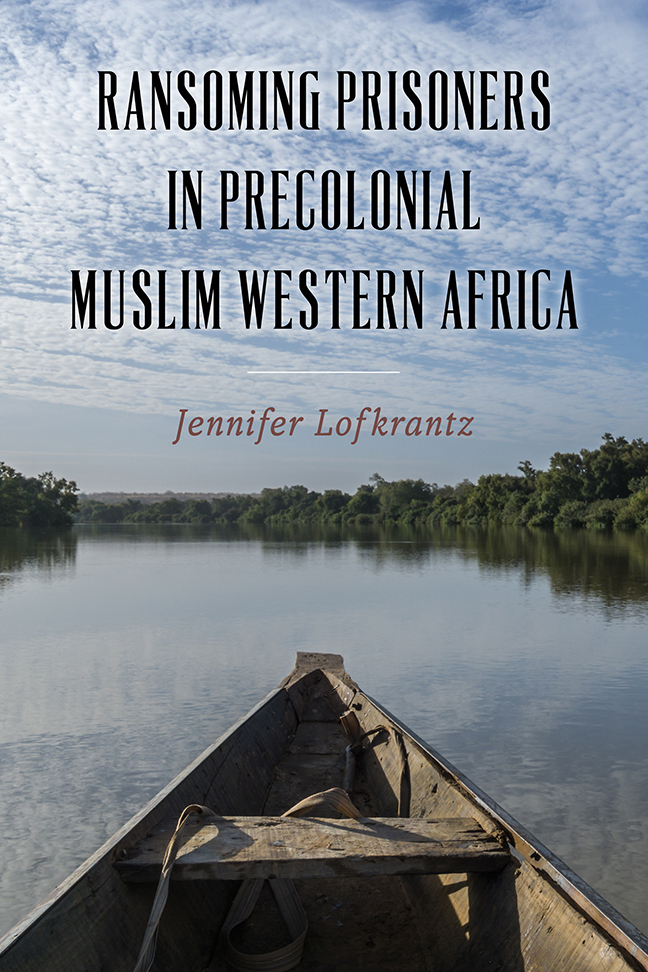Book contents
- Frontmatter
- Contents
- Tables
- Acknowledgments
- Introduction
- One Islamic Discourse on Slavery and Ransoming before 1800
- Two The Policy and Practice of Ransoming in the Maghrib
- Three Jihad, the Sokoto Caliphate, and Ransoming
- Four The Jihad of ‘Umar Taal and Its Ransoming Nonpolicies
- Five The Negotiation and Practice of Ransoming Prisoners
- Conclusion
- Bibliography
- Index
Introduction
Published online by Cambridge University Press: 10 January 2024
- Frontmatter
- Contents
- Tables
- Acknowledgments
- Introduction
- One Islamic Discourse on Slavery and Ransoming before 1800
- Two The Policy and Practice of Ransoming in the Maghrib
- Three Jihad, the Sokoto Caliphate, and Ransoming
- Four The Jihad of ‘Umar Taal and Its Ransoming Nonpolicies
- Five The Negotiation and Practice of Ransoming Prisoners
- Conclusion
- Bibliography
- Index
Summary
On April 14, 2014, a Salafi Jihadist group operating in northern Nigeria, Niger, Chad, and Cameroon, commonly known as Boko Haram, kidnapped 276 girls from Government Secondary School in Chibok, Borno State, Nigeria. Although this was not the first time that Boko Haram had kidnapped civilians (nor was it the last), the sheer audaciousness of kidnapping this many people—and in particular this many teenaged girls—at once, garnered international attention in the weeks that followed. The motivation for the mass kidnapping was to ransom them for either money or for Boko Haram prisoners held in Nigerian jails. In a video released on May 5, 2014, the undisputed leader of Boko Haram at the time, Abubakar Shekau, threatened to sell the girls into slavery, claiming that it was allowed by “his religion.” This video was followed by another video on May 12, 2014, where he stated that he was willing to negotiate a prisoner exchange—the girls for his followers imprisoned in Nigeria.
Boko Haram has arisen out of what has been labeled a “modernization shock” in northern Nigerian Muslim society, as the inhabitants of the region dealt with colonial rule, the introduction of British law and education, integration into the postcolonial Nigerian state, and the economic changes that these adjustments wrought. Colonial rule and the integration of northern Nigeria into modern Nigeria divided northern Nigerian Muslims into three broad groups. The first group was composed of the leaders and followers of the established Qādiriyya and Tijāniyya ṭurūq (Sufi brotherhoods) who dominated during the Sokoto Caliphate period (1804–1903). The second group comprised the Islamic modernists who sought to Islamicize modernity such as Ahmadu Bello, the premier of Northern Nigeria since the 1950s and 1960s, and Aminu Kano, the leader of the Northern Elements Progressive Union, which was the main opposition party in the 1950s to the 1970s. The third group comprised those who argued that Islamic modernism as implemented by the political elite in northern Nigeria was either not radical enough in terms of implementing political change or was basically un-Islamic. It is from the third strain of modern northern Nigerian political opinion that Boko Haram is derived from, as an offshoot of the mainstream Nigerian Salafī organization Jamā’at ‘izālat al- bid’a wa iqamat al- sunna (the group for removing religious innovation and establishing Sunna), known by its acronym JIBWIS or “Izala” for short.
- Type
- Chapter
- Information
- Publisher: Boydell & BrewerPrint publication year: 2023

